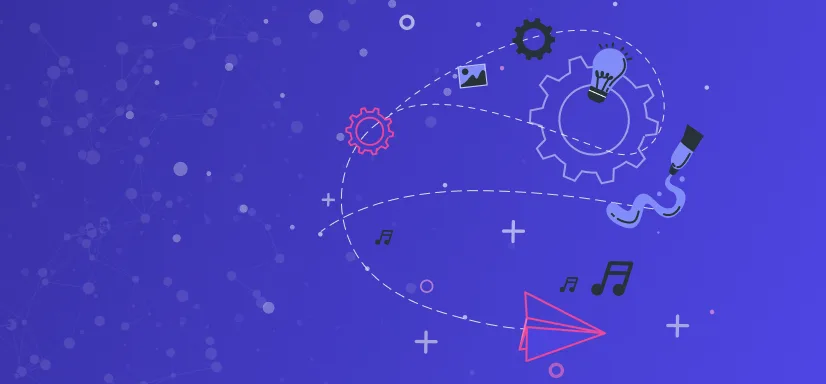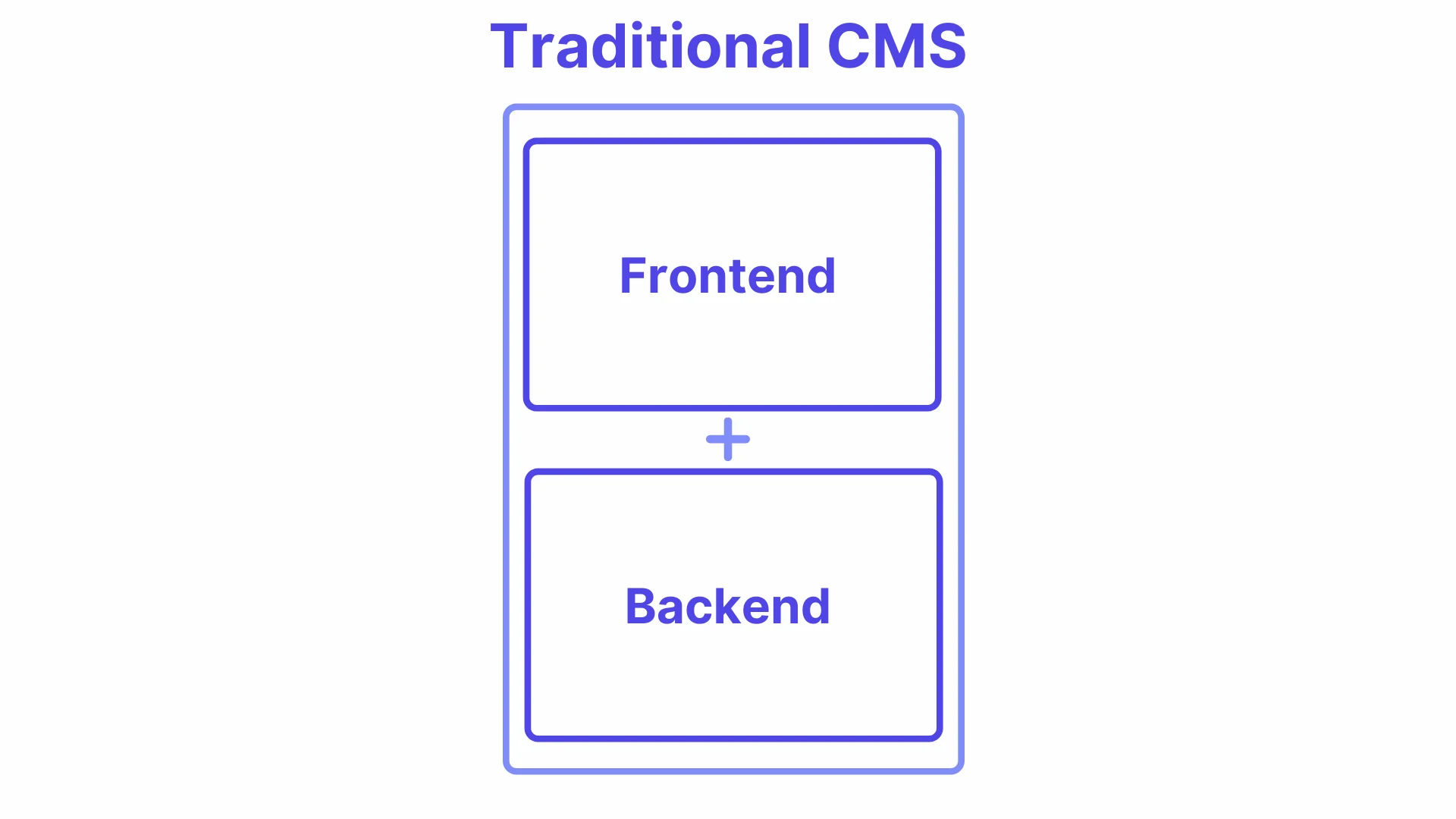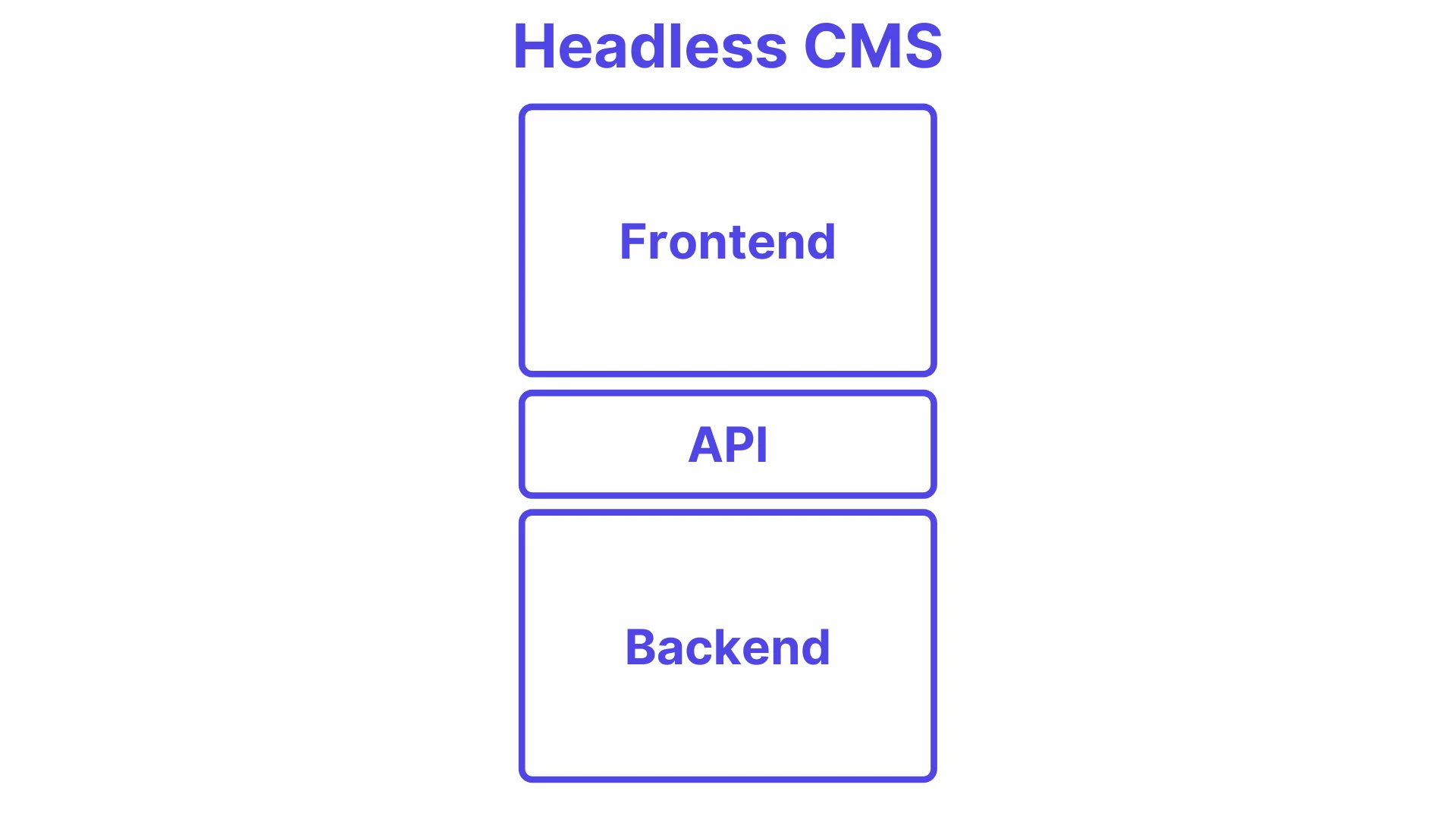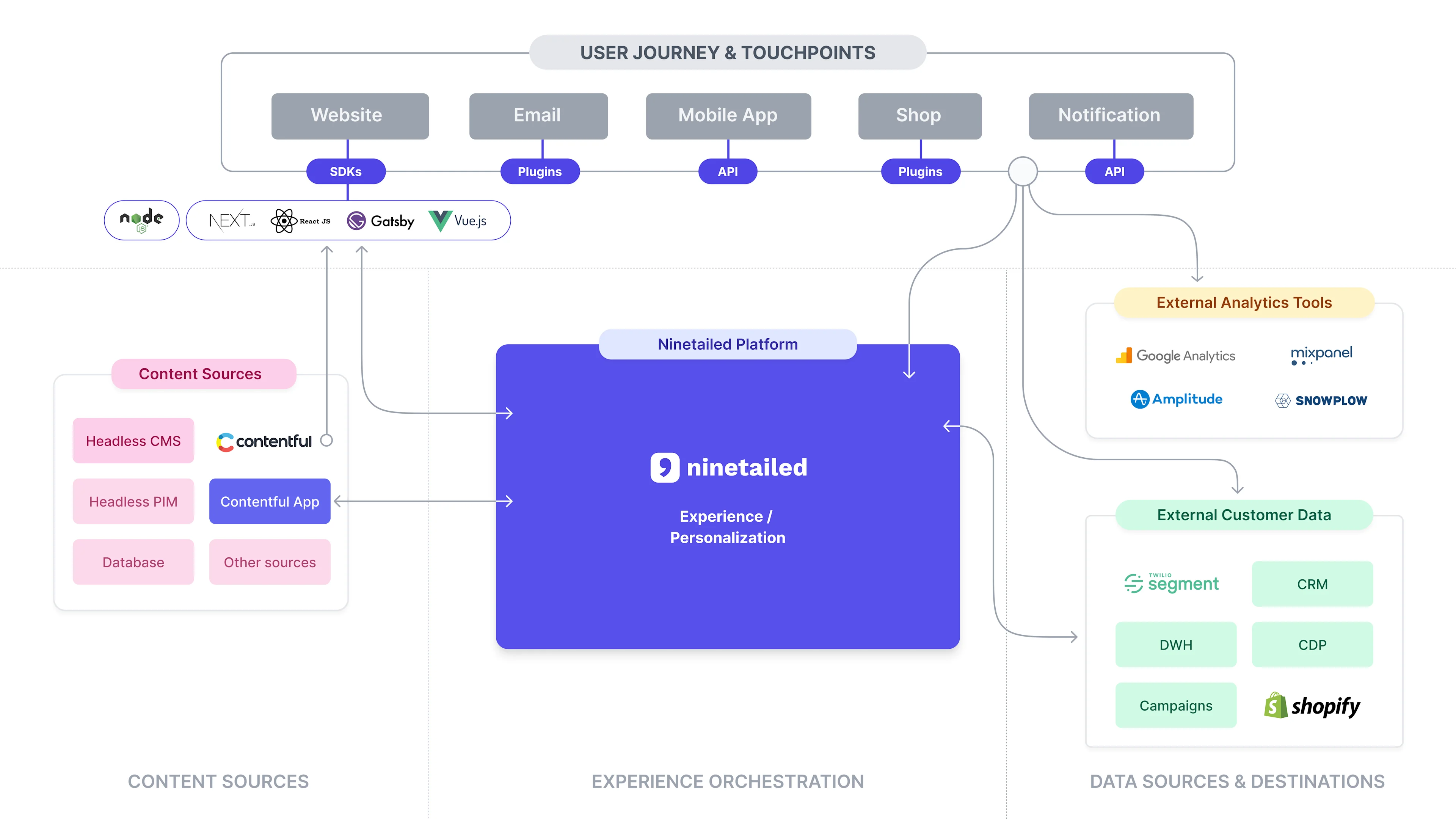- Personalization,
- Composable Architecture,
- Content
You Need a Headless CMS for the True Personalization


What comes to your mind when you hear the term "Headless CMS"?
Flexibility?
Flexibility is definitely one of the main perks of utilizing a headless CMS architecture. However, most people don't think about the nearly endless list of features of this type of architecture.
Headless CMS is an amazing technology, but in a rush to make websites faster and easier for developers to work with, many of us have ignored the actual value in this technology - delivering a personal experience each time.
Using headless CMS gives you so much flexibility when designing content. But what happens when you want to create different versions of your website based on certain parameters? How do you handle personalization?
Here, in this post, we'll take a deep dive into why you need a headless CMS for meaningful personalization, how headless CMS personalization works, and how to personalize websites that use headless CMS.
You Need a Headless CMS for the Right Personalization
Tailoring the experience is key to keeping customers happy and engaged.
To properly execute your personalization plan, you must make good use of your data, services, content, and MarTech solutions.
The key to smoothly orchestrating all of these elements is composable architecture. Without a modular technological stack, it is very difficult to generate insights and conduct efficient personalization operations.
Headless CMSs are one of the most critical elements of this architecture.
Headless CMS Over Traditional CMS to Overcome the Limitations
CMSs are powerful tools to create, manage, and organize web content. However, traditional CMSs have some serious limitations.
The problem is that most traditional CMSs don't offer the flexibility or features necessary for effective personalization. A headless CMS is a perfect solution for businesses looking to get the most out of their personalization efforts.
Limitations of Traditional CMS
A traditional CMS is a monolith that connects the front-end and the back-end of a website in a neat and unified and complex codebase. They contain everything from the database for the content all the way up through the presentation layer.

Traditional CMS solutions lack the modular architecture abilities to integrate with other tools and services via APIs. This implies that if they don't have built-in personalization elements, you'll be stuck without them. And, even if they have built-in personalization solutions, these solutions might:
cost more than third-party solutions
not meet your requirements
have performance trade-offs (slower load times, etc.)
have additional learning cost
etc.
Benefits of Headless CMS for Personalization
A headless CMS is any type of back-end content management system where the content repository “body” is separated or decoupled from the presentation layer “head.” Content that is housed in a headless CMS is delivered via APIs for seamless display across different devices.

In a digital age where customers have come to expect a personalized experience, businesses need to find ways to deliver that individualized attention without sacrificing time or money.
A headless CMS may be the answer.
By separating content from presentation, businesses can create and manage content quickly and easily, then deliver it in the way that best meets the needs of each customer and channel.
And because headless CMSs are API-first (and modular), they can be integrated with existing systems and technologies, making them an ideal choice for businesses looking for a comprehensive personalization solution.
Headless CMS supports omnichannel personalization.
Omnichannel strategies are becoming more and more popular among businesses as they look to provide a consistent customer experience, regardless of the device or platform being used.
But delivering an effective omnichannel strategy can be tricky, especially if your content management system isn't equipped for it.
That's where headless CMS comes in.
Headless CMS separates the content creation process from the delivery process, making it easier to manage and deliver content across different channels.
Headless CMS is more scalable.
As your business grows, you may find that your current CMS can't keep up with the demand. A headless CMS may be a better solution for scalability.
Unlike traditional CMSs, headless CMSs separate the user interface from the data storage and content delivery and use APIs to handle content delivery instead of serving pages directly. This makes them more efficient and scalable, able to handle bigger loads without crashing.
Headless CMS allows for composable architecture.
In a composable architecture, the different parts of the system are connected in such a way that new functions can be created by combining existing ones.
This allows for more flexibility and faster reaction to changing business needs.
A headless CMS is a great example of how composability can be used. By separating the content management from the delivery, it becomes possible to use different technologies for each part.
With a headless CMS, you have the freedom to choose the best tools for the job, which leads to faster development times and a more robust final product.
Headless CMS lets you atomize your content.
With a Headless CMS, you can atomize your content into small pieces that can be easily updated and reused. This could help you to save time and energy while still delivering high-quality content to your audience.
Headless CMS and Atomic Content Design for Personalization
Creating atomic content and distributing these pieces to the right place would be impossible with traditional CMSs, where the back-end (content repository) and front-end (presentation layer) are linked.
Instead, a headless approach makes atomic content design possible where the content repository and presentation layer is decoupled.
The combination of headless CMS and atomic content allows you to create and manage small bits of content that can be assembled dynamically for each individual visitor, resulting in a more personalized experience.
The atomic content design also makes it easier to manage and update your website's content as needs change.
If you're looking for a way to make your website more engaging and personalized for your visitors, the answer is using a headless CMS and atomic content design.
How to Personalize Websites with Headless CMS?
Having a modular, flexible and scalable technology stack is key to success in today's fast-paced digital world.
Using a headless CMS allows just this when creating personalized experiences.
Many businesses are moving away from a one-size-fits-all technology stack and instead opting for a composable one. This allows them to be more agile and personalized in their offerings, which is essential in today's competitive landscape.
By quickly adapting and responding to change, you'll be able to serve your customers better and provide them with the personalized experiences they crave.
The composable architecture allows businesses to use different solutions for different needs:
headless CMS for the content source
Ninetailed as a personalization solution
analytics integrations
CDP, CRM, or DWH for the customer data sources
etc.

The bottom line is that integrating a personalization solution with a headless CMS allows you to personalize your website without relying on a traditional front-end framework - thanks to the composable modern technology stacks.
This makes it an ideal solution for businesses that want to create a unique online presence without the hassle and expense of traditional solutions.
The Bottom Line
If you're like most business owners, marketers, or developers, you're always looking for ways to improve your website and make it more effective in reaching your target audience.
One of the best ways to do that is through personalization - tailoring each visitor's experience based on their unique needs and preferences.
However, achieving the right level of personalization can be tricky – it's often difficult to understand user behavior and preferences in a way that allows for truly individualized content delivery.
As part of the composable digital experience, a headless CMS can help with this challenge by making it easier to understand user data and then use it to personalize the content on the fly.
Headless CMS makes this possible by allowing you to create different versions of your content depending on who's viewing it and separating the content from the presentation, making it easier to deliver personalized content at scale.
Learn everything you need to know about MACH architecture

